Polymers are cheap because they can be mass-produced using inexpensive raw materials and simple manufacturing processes. They are lightweight and durable, making them a cost-effective choice for many applications in various industries.
As a kid, I was always fascinated by the colorful plastic toys that filled my playroom. I loved the way they felt in my hands and how they could be molded into any shape or size.
But as I grew older, I started to wonder: why are these polymers so cheap? Surely there must be some sort of catch.
Well, after years of working in the construction industry and studying materials science, I can confidently say that there is no catch. Polymers are cheap for a reason – and it’s not because they’re low quality or unreliable.
In this blog post, we’ll explore exactly why polymers are such an affordable option for construction projects. From their unique chemical properties to their efficient manufacturing processes, we’ll dive deep into the world of plastics and uncover what makes them such a popular choice across industries.
So sit back, relax, and get ready to learn all about one of the most fascinating materials out there: polymers!
Introduction to Polymers

Polymers are a type of material that has become increasingly popular in recent years, thanks to their versatility and affordability. But what exactly are polymers? In simple terms, they’re long chains of molecules that can be molded into different shapes and sizes.
These chains are made up of repeating units called monomers, which bond together to form the polymer. Polymers come in many different forms – from plastics like PVC and polyethylene to natural materials like rubber and silk.
They’re used across a wide range of industries for everything from packaging materials to medical devices. So why exactly are polymers so cheap? Well, it all comes down to their unique chemical properties and manufacturing processes.
Let’s take a closer look at some of the factors that make polymers such an affordable option for construction projects – without sacrificing quality or reliability!
Polymer Production Process
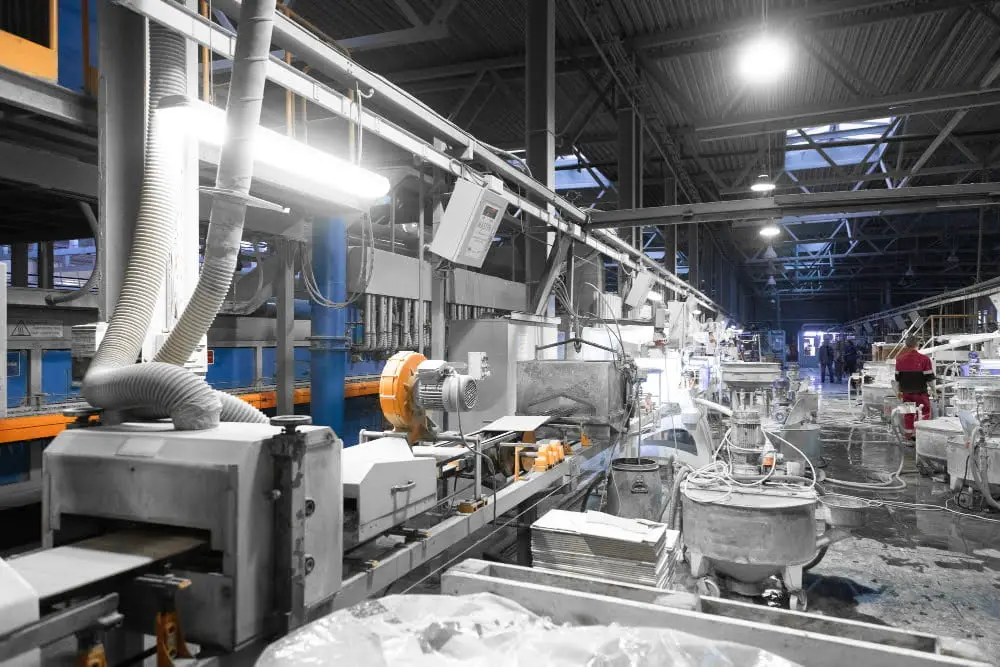
One of the main reasons why polymers are so affordable is due to their efficient production process. Unlike other materials that require complex and time-consuming manufacturing methods, polymers can be produced quickly and easily in large quantities.
The polymer production process typically involves a few key steps: polymerization, compounding, shaping, and finishing. During the first step – polymerization – monomers (small molecules) are chemically bonded together to form long chains known as polymers.
This reaction can occur through various methods such as addition or condensation reactions.
Once the desired type of polymer has been created through this chemical reaction, it is then compounded with additives such as colorants or stabilizers to enhance its properties for specific applications. The resulting compound is then shaped into its final form using techniques like extrusion molding or injection molding before being finished with any necessary surface treatments.
This streamlined production process allows manufacturers to produce high volumes of quality products at a low cost per unit compared to other materials like metals or ceramics which require more energy-intensive processes that drive up costs significantly.
So next time you’re wondering why those plastic toys from your childhood were so cheap – remember that it’s all thanks to an efficient manufacturing method!
Raw Material Abundance
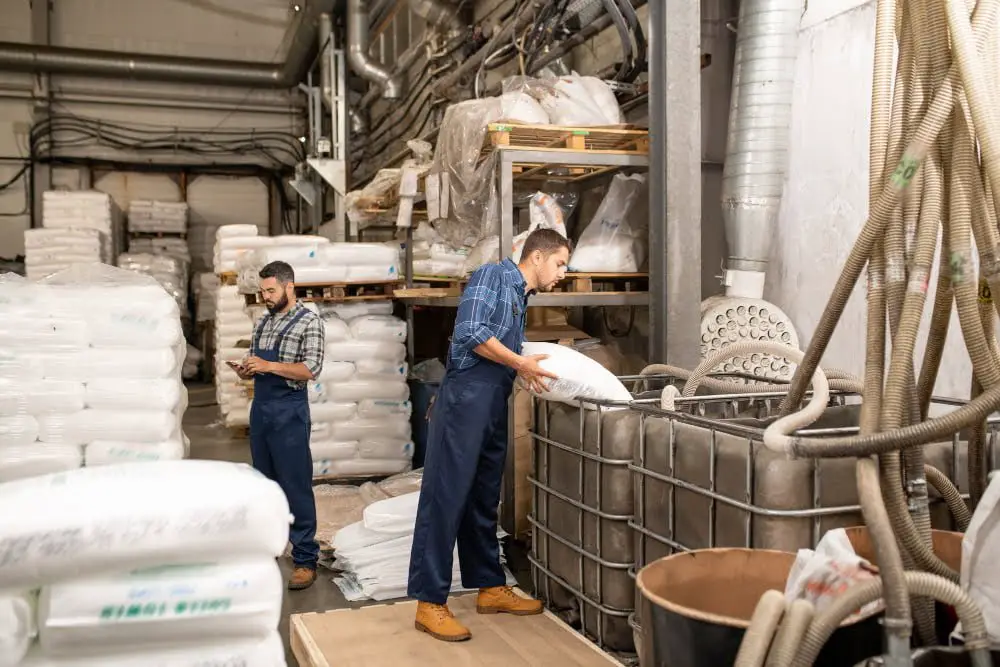
One of the main reasons why polymers are so affordable is due to the abundance of raw materials used in their production. Unlike other construction materials, such as steel or concrete, which require a significant amount of natural resources and energy to produce, polymers can be made from a variety of sources that are readily available.
For example, one common type of polymer is polyethylene (PE), which is derived from ethylene gas. Ethylene can be obtained through various methods such as cracking crude oil or natural gas liquids.
These feedstocks are abundant and widely available across the globe.
In addition to being easily sourced, these raw materials also have low costs associated with them compared to traditional building materials like wood or metal. This means that manufacturers can produce large quantities at lower prices without sacrificing quality.
It’s clear that the abundance and affordability of raw material inputs play an important role in making polymers cheap for use in construction projects – but this isn’t the only factor at play! In our next section we’ll explore another key reason why plastics continue to dominate many industries: their unique chemical properties.
Economies of Scale
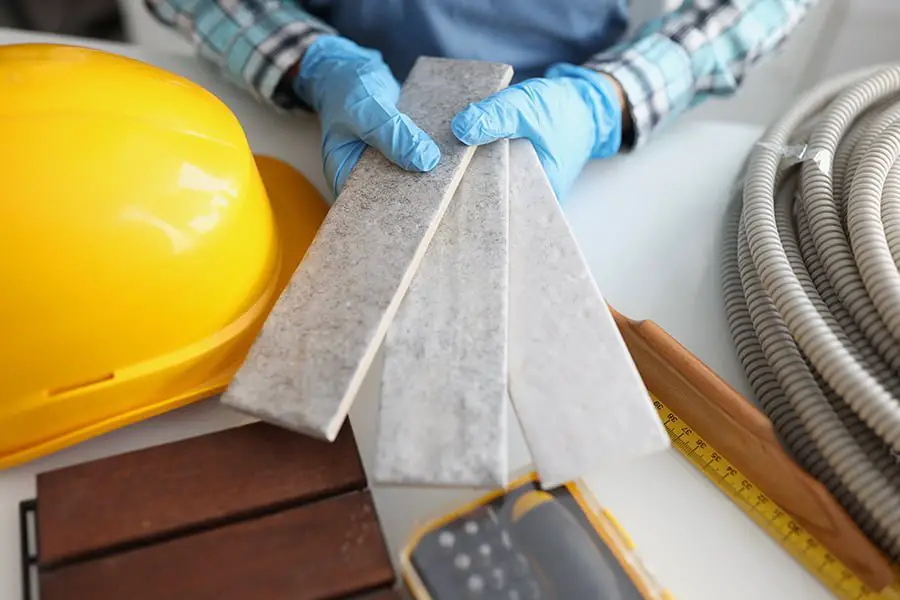
One of the main reasons why polymers are so affordable is due to economies of scale. Essentially, this means that as production increases, the cost per unit decreases.
This is because fixed costs (such as equipment and facilities) can be spread out over a larger number of units.
In the case of polymers, manufacturers are able to produce large quantities at once using specialized machinery and techniques. This allows them to take advantage of economies of scale and offer their products at a lower price point than other materials.
But just because something is cheap doesn’t mean it’s low quality – in fact, many types of polymers are incredibly durable and long-lasting. Plus, their affordability makes them accessible for a wide range of construction projects – from small DIY endeavors to large-scale commercial developments.
So next time you’re considering which material to use for your project, don’t overlook the humble polymer! Its unique properties combined with its affordability make it an excellent choice across industries.
Easy Manufacturing Techniques
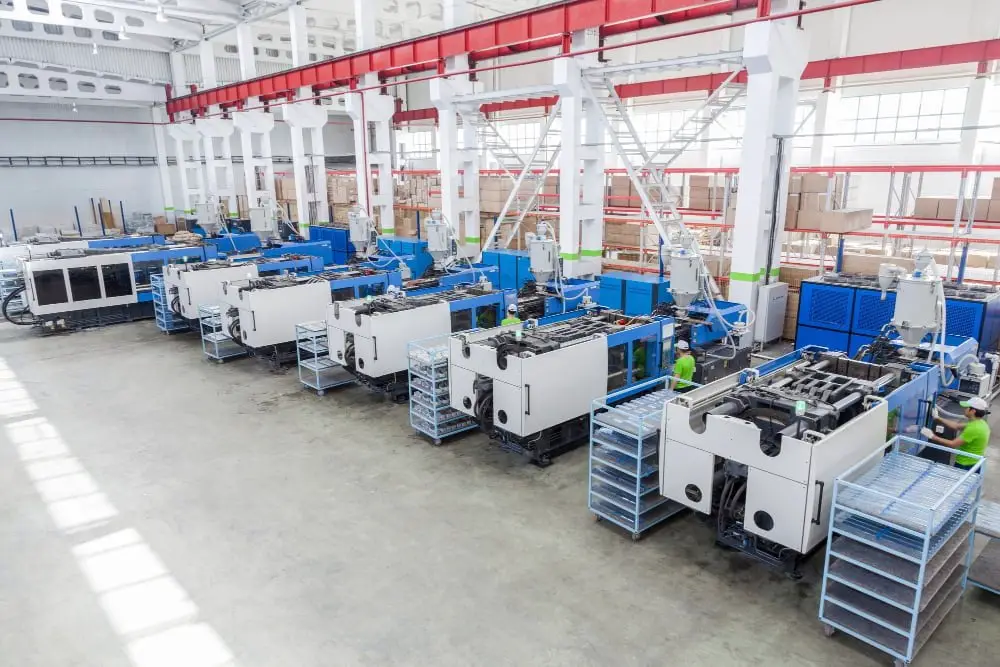
One of the main reasons why polymers are so affordable is due to their easy manufacturing techniques. Unlike other materials that require complex and expensive processes, polymers can be produced quickly and efficiently using a variety of methods.
For example, injection molding is a popular technique used to create plastic products in large quantities. This process involves melting polymer pellets and injecting them into a mold where they cool and solidify into the desired shape.
Injection molding machines can produce thousands of parts per hour, making it an incredibly efficient method for mass production.
Another common technique is extrusion, which involves pushing molten polymer through a die to create long continuous shapes like pipes or tubing. This process requires minimal tooling costs compared to other manufacturing methods such as casting or forging.
These simple yet effective manufacturing techniques make it possible for companies to produce high-quality polymer products at low cost – ultimately leading to cheaper prices for consumers like us!
Versatility and Customization

One of the main reasons why polymers are so affordable is their versatility and customization. Unlike other materials, such as metals or ceramics, polymers can be easily molded into any shape or size without sacrificing strength or durability.
This makes them an ideal choice for a wide range of applications in construction.
For example, polymer-based composites can be used to create lightweight yet strong building materials that are resistant to corrosion and weathering. Polymers can be customized with different additives and fillers to enhance their properties even further.
This versatility also means that manufacturers can produce large quantities of polymer products quickly and efficiently using automated processes like injection molding. As a result, the cost per unit decreases significantly compared to other manufacturing methods.
While there may have been some skepticism about the affordability of plastics in the past due to concerns over quality control issues; today’s advanced technology has made it possible for manufacturers worldwide not only meet but exceed industry standards when producing high-quality plastic products at low costs – making them an excellent option for construction projects on tight budgets!
Recycling and Sustainability
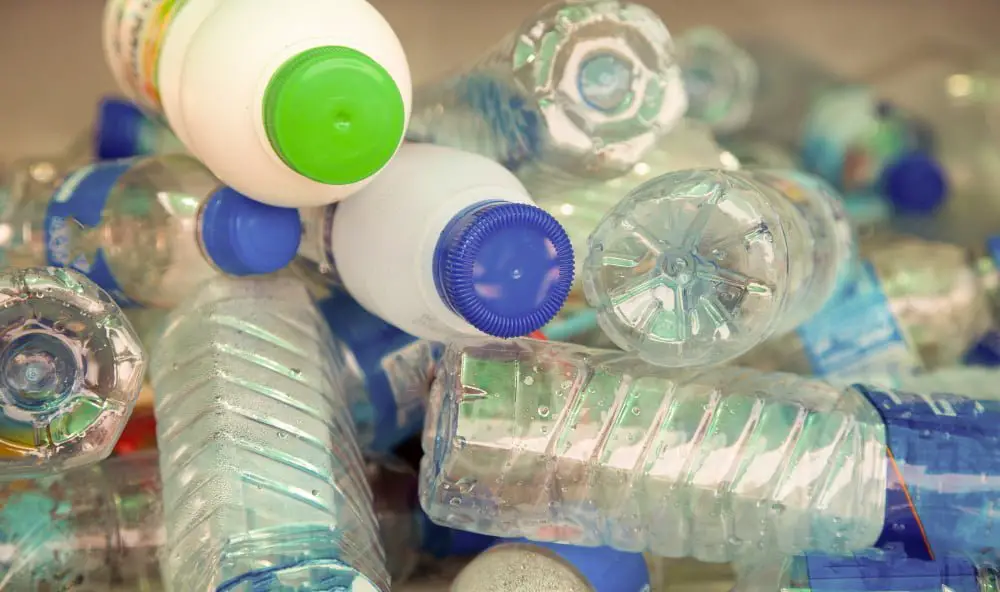
In addition to their affordability, polymers are also known for their sustainability. Many types of plastics can be recycled and reused, making them an eco-friendly choice for construction projects.
As a kid, I never thought about the environmental impact of my beloved plastic toys. But as I grew older and became more aware of the importance of sustainability, I started to appreciate how versatile polymers really are.
Recycling is a key factor in keeping polymer costs low. When manufacturers use recycled materials instead of virgin ones, they save money on production costs while also reducing waste and conserving resources.
Furthermore, many modern buildings incorporate sustainable design features that rely heavily on polymer-based products such as insulation made from recycled plastic bottles or roofing tiles made from reclaimed rubber tires. These innovative uses not only reduce waste but also help lower energy consumption by improving thermal efficiency within buildings.
Polymers may have once been seen as cheap alternatives to traditional building materials like wood or metal; however today they offer so much more than just cost savings alone!
With advancements in technology allowing us greater control over material properties coupled with increased awareness around recycling practices – it’s clear that this versatile material has become an essential component when it comes down designing sustainable structures without breaking the bank!
Recap




